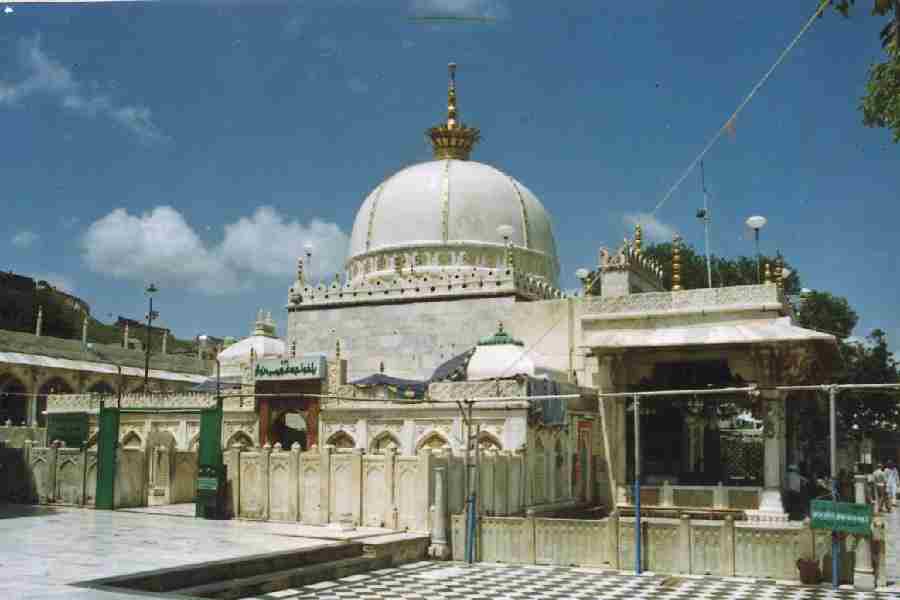The court says that a Hindu mob broke the law when it demolished a 500-year-old mosque – but Hindus can now build a temple there anyway. This isn’t the end of the matter.

By L.K. Sharma
A 25th-century historian finds two books by foreign travellers who visited a place in Ayodhya, India. One describes a mosque there but the other has a photo of an exquisite Hindu temple at exactly the same spot. The confused historian then discovers another book that solves the mystery. Its author quotes local residents who saw a miracle one morning: a temple to the Hindu god Ram appeared majestically in the place of a very old mosque.
Another foreign travel writer tells a fascinating tale about an old semi-naked holy man claiming that the temple materialised as a result of his tapasya (austere spiritual practice) in a Himalayan cave. One night, Lord Ram appeared in his dream and asked him to go back to Ayodhya to worship in a new temple. The historian then finds in the archives a film titled ‘New God for Old’ that helps him in his research. The historian records these facts in ‘Gods of India’, which becomes a bestseller. However, he has to skip the Jaipur Literature Festival because his publisher asks him to do the next book on the white supremacists of the Trump era of the 21st century.
It is futile to talk about the past since history is based on fake news. It is risky to talk about the future, as all futurists say at the start of a lecture. So, I write here about the more exciting present, when argumentative Indians are furiously discussing a historic ruling over a land dispute in Ayodhya. In its judgement, the Supreme Court granted the title of the land to a Hindu god recognising him as a ‘juristic person’.
This story was originally published in opendemocracy.net. Read the full story here .






